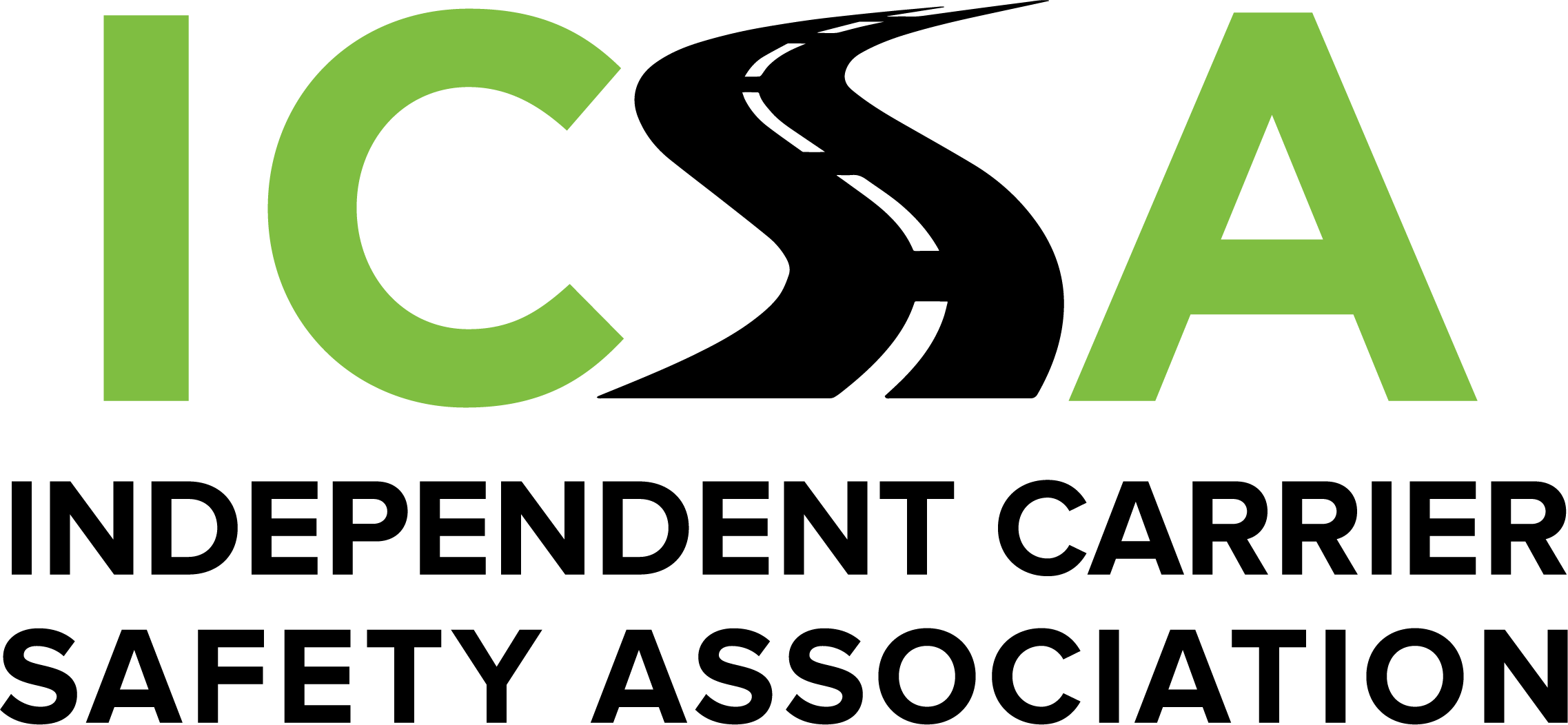How are ICSA members able to qualify for reduced cost insurance and how can they keep it? It’s all about the data – your safety and membership data – that provides the metrics for our insurance partners to reduce your insurance cost. But first, you must meet three key requirements to qualify for insurance coverage through ICSA’s group program:
- Join ICSA, pay annual dues and keep membership current
- Purchase, install and utilize an event recorder (camera) in each truck
- Hair test every driver and report negative tests to ensure you do not have a drug user behind the wheel
Once you’ve met these ICSA requirements, reducing crash frequency and severity using your event recorder system is the foundation insurance providers use to offer the better rates our members enjoy. How does this work? Insurers expect that both claim frequency and the severity of claims will be less than in other non-ICSA insureds. Why?
Professional drivers must continually fight off complacency. They instinctively let their speed increase and soon become comfortable with a two-second following distance. Because they haven’t been in a crash, they allow themselves to feel that that are driving safely. Our program draws your attention to this.
Consider this example: Think about a rear-end collision and the difference in outcomes from having just one more second of following distance! Even if a collision is not avoided, that extra second can be the difference between a $2500 bent bumper and a $25,000-50,000+ injury accident. A 5 mph impact vs. a 45 mph impact. That is a huge difference and ICSA’s safety programs expect at least that level of improvement. The slight adjustments you make to reduce your speed and increase your following distance are critical factors that can drive down the costs of any claims you may have. We thank all of you who are monitoring your safety score and constantly improving. Keep fighting complacency.
Understanding how the scoring system works and the four main types of alerts contributing to high safety scores can help you keep your score down and reduce your crash risk. SmartDrive Safety Scores are calculated on a rolling 4-week average, basically taking total points divided by 1000 miles driven.
TOP 4 crash-related Alerts
Extreme Speed: (275 pts) Speeds over 80 mph for more than 60 seconds will generate this alert. Truck tires are speed rated at 75 mph. Driving over 75 mph is unsafe driving. Speeding citations at +75 mph can result in compound citations. Drivers can be cited for unsafe operations and for speed.
Exceed Max Fleet Speed: (275 pts) Speeds over 77 mph for more than 60 seconds will generate a safety alert. Truck tires are only speed rated at 75 mph. A 2019 study found that 9.4% of fatal truck crashes involved a truck driver who had a prior speeding citation.
Following Distance: (49.175.275 pts) Following distance alerts are generated in three (3) levels of severity when your vehicle is closer than 3 seconds away for more than 3 seconds. (-3 sec, -2 sec, and -1 second or less are the triggers) At all levels, drivers have 3 seconds to extend their following distance to prevent generation of a safety alert.
Mobile Phone - HANDHELD Device: (275 pts) Use of a handheld device while driving is dangerous and contributes to many crashes. Citations can result in a fine of $2500 to the driver and $11,000 to the company that allows it. Using a handheld device while the vehicle is moving is not professional driving.


